Let's all describe the appearance of the following characteristics we can find on coins.
 Insider2
Posts: 14,452 ✭✭✭✭✭
Insider2
Posts: 14,452 ✭✭✭✭✭
In my experience, when someone can describe something to people who cannot see it - they really know their stuff!
DON't BE SHY. This discussion is for YOU. It is not easy. You'll learn a lot more when you post what you think before you read the opinions of others. We do not need images YET as that defeats the aim of this discussion
USE WORDS not images.
Let's see what you can come up with when you describe the following characteristics. Don't worry about the size of the mark. Be concerned with the "look" of its interior, edge, etc that help ID it and make it different from the other things we see on coins.
- Mint Die Polish (both kinds
 - think about it)
- think about it) - Mint Hub Polish
- Strike thru lint
- Strike thru fiber
- Scratch
- Punch Mark
- Rim File
- Reed Mark
If It helps, look at a coin in your hand with one of the above characteristics and write what it looks like.
3
Comments
Good post!
RMR: 'Wer, wenn ich schriee, hörte mich denn aus der Engel Ordnungen?'
CJ: 'No one!' [Ain't no angels in the coin biz]
Gonna Baby step this one and start with #5
A scratch on a coin is a thin line or shallow cut on the surface of a coin that is not part of the original design. It could unintentionally be made with a knife, screwdriver, staple or pretty much any hard thin metal that comes in contact with said coin.the scratch could be zigzagging or a straight line. On an older coin, the inside of a fresh scratch would have a much brighter appearance than the nearby surface area, as this newly exposed Cut has not been exposed to outside elements.
8 Reed Mark
A Reed Mark would have the appearance of 2-4 2mm parallel “Ladder Rungs” pressed into the surface of a coin. This happens when large heavy coins with Reeded edges come in contact with another coin under extreme pressure
What do the sides of the scratch usually look like when it is just made and then when the coin has more wear?
What are some common shapes of these marks?
Yes, good thread! Class is now in session!
"Jesus died for you and for me, Thank you,Jesus"!!!
--- If it should happen I die and leave this world and you want to remember me. Please only remember my opening Sig Line.LOL, but only two members are in the building.
I hope the members who know everything can hold off posting for a few days.
Scratch " looks new " when it has a shinier surface " in " the scratch. Older " scratch " not as shiny, may hold accumulated " dirt " Most scratches would be older.
A fresh scratch would have “cliffs” hanging over the scratched area
An older scratch would more than likely be filled in with dirt, grease or any other foreign substance that comes in contact with the coin. Most likely this area will be darker or lighter than the surrounding area. And possibly the Cliffs I described could be smoothed away and might not be as noticeable
Reed Mark usually will not show the whole " rung " which would be from a second coin imprinting at a 90 deg. angle. Most I have seen maybe only 1 or 2 paraell marks shaped kind of like an blunt arrowhead. Don't know how to better describe the shape.
Strike through is an indentation in the shape of a single " fiber " ( larger and more visible ) or " lint " may need a loupe to see this one.
As for the others, dunno. Yup, I'm a beginner as far as these definitions but a collector for 55+ years.
TheReed Marks would almost look like 2 or 3 consecutive square potholes in a row
What does the interior of a "strike thru" look like?
Would a reed mark from a 90 degree hit look different from one made at 180 degrees?
I have been around too long to answer but great topic. Way to make people really think about what they are looking at.
Mercury
Newish collector so I dont know too much on the terms. I'd love to see/know the difference between Mint Hub polish and Mint die polish. I definitely can spot the die or hub polish from a mile away but now I'm confused as to which one? For example a PL or DMPL Morgan? Die or hub polish?
I’m not exactly sure of the difference between, “lint and Fiber”
But a lint strike through would have the appearance of a coiled worm laying on the surface of a coin, this is caused by mint employees leaving a strand of the rag on the die
I have never seen one in person, but would imagine that they would be more prevalent on proof coins.
Please, please, be sure to add your two cents next week.
Think what a polish mark will look lie on a hub (positive image). Then think what it will look lie on the die struck with that hub. Then think what it would look like on the coin struck from that die. This is an important relationship to understand through visualization.
Hint: You can start with a struck coin in your hand and work backwards.
Lint is usually a very tiny and virtually weightless particle. Belly button lint is misnamed. Rub a paper towel across a mirror and you should produce some lint that will blow right off. Large "lint" can even be tiny fibers. Fibers are a small, slender, thread-like material. I'll be posting images later.
Thank you @Insider2 these threads are my favorite.
A punch mark would be made from a tool used to put a mark or symbol on a coin.. maybe similar to chop marks on a trade dollar or on a reales to test for metal content?
Usually it would have some exotic design.. such as a moon or a cross.
I don’t know how to phrase this, but the indentation left after it was struck into the coin, would have the appearance of a shallow crater and the symbol would be left in the middle.
The crater walls would have a stretched metal appearance? I don’t even know it that makes sense
Ok, yes now that you have me visualizing in my mind I realize the difference. I'll post comparing pics later today after work.
A fresh scratch will likely have a "burr" protruding above the surface. If the coin gets handled, this "burr" will likely get worn away. Scratches usually displace metal rather than remove metal.
Mint Die Polish. This can leave small lines in the die that will be raised surfaces on the coin. They look like the lines one would draw on paper to indicate the direction of movement, or sun rays. The polish can also remain and create a strike through that looks like a small blob on the surface of the coin, which can result in missing or lightly struck details. Unlike a die break where the deatils are missing, there is a distinct blob, and the unstruck area has a matching area on the opposing side.
A punch mark is usually a small-deep depression that does not pierce the other side of the coin (hole). Stamped marks into a coin (punched) are called other things such as "chops" or "countermarks." The stretched-out appearance happens as the metal around the hole is displaced - usually slightly upward forming a low "ring-like" border around the hole. Under magnification, the sides of the punch look like flow lines.
It's late and this post will take time to explain over the weekend. This part is excellent: "Mint Die Polish. This can leave small lines in the die that will be raised surfaces on the coin."
Grabbing a straw referring to # 4.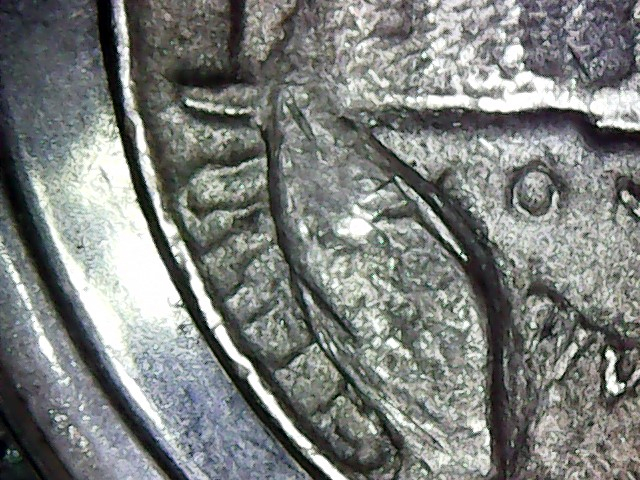
Strike Through Fiber or chip. ?
Thanks. Looks like for the second part of my post I confused grease from the machinery with polish compound which I am not sure is what you were looking for.
Probably not fiber because not stringy or patterned. Definitely a struck thru. Now, describe what we are seeing in a few words.
Please keep in mind ,..No Punns entended.
1964 US 5 cent:
Obverse:
Surface looks like a leather pattern.
Image could be showing simular strike as Indian/ buffalo in some areas.
Typesetting in date mangled.
Reverse:
Surface shows more prominate leather pattern.
Typesetting is beyond mangled as is not ledgeable.
Image seems to be trailing in the eastern portion.
Southwest, large unknown, football shape, strike or addition to, occupying 1/8 of area. North, simular shapes but smaller interfearing with Motto.
Edge:
Both sides seem to show a folding pattern, with pronounced folds
Photos available.
Reed mark- would have a step up step down feature? Since its caused by a coin with a heavily/strongly threaded reed, and it is round. The point that touches the most direct is the largest part of the mark, with each side respectively getting less strong. [but really, i have no idea, im just guessing]
Minor Variety Trade dollar's with chop marks set:
More Than It's Chopped Up To Be
Scratches- non-natural lines or arcs with sharp drop-like metal displacement? not sure if displacement is a good term or not. But when the scratch first occurs it would be shiny. Once it starts to age, then it will dull out, become less shiny, and start to resemble normal chatter/wear on the coin [except for the shape of it]. Im not very good at describing, clearly. sigh.
Minor Variety Trade dollar's with chop marks set:
More Than It's Chopped Up To Be
Punch mark- my favorite! There are lots of forms. These range from drill marks, cut marks, chinese chops, other chops, counter stamps, etc. Ill limit it to chop marks, because thats my area. It is from a device that stamps the coin with a symbol/letter/etc. This causes a deep (sometimes not deep, but i like the deep ones) mark in the coin. This will often result in displaced metal to the other side of the coin, and often around the edge of the mark itself. [I am skeptical of sharp edges on chops]
Minor Variety Trade dollar's with chop marks set:
More Than It's Chopped Up To Be
Reed mark is found here
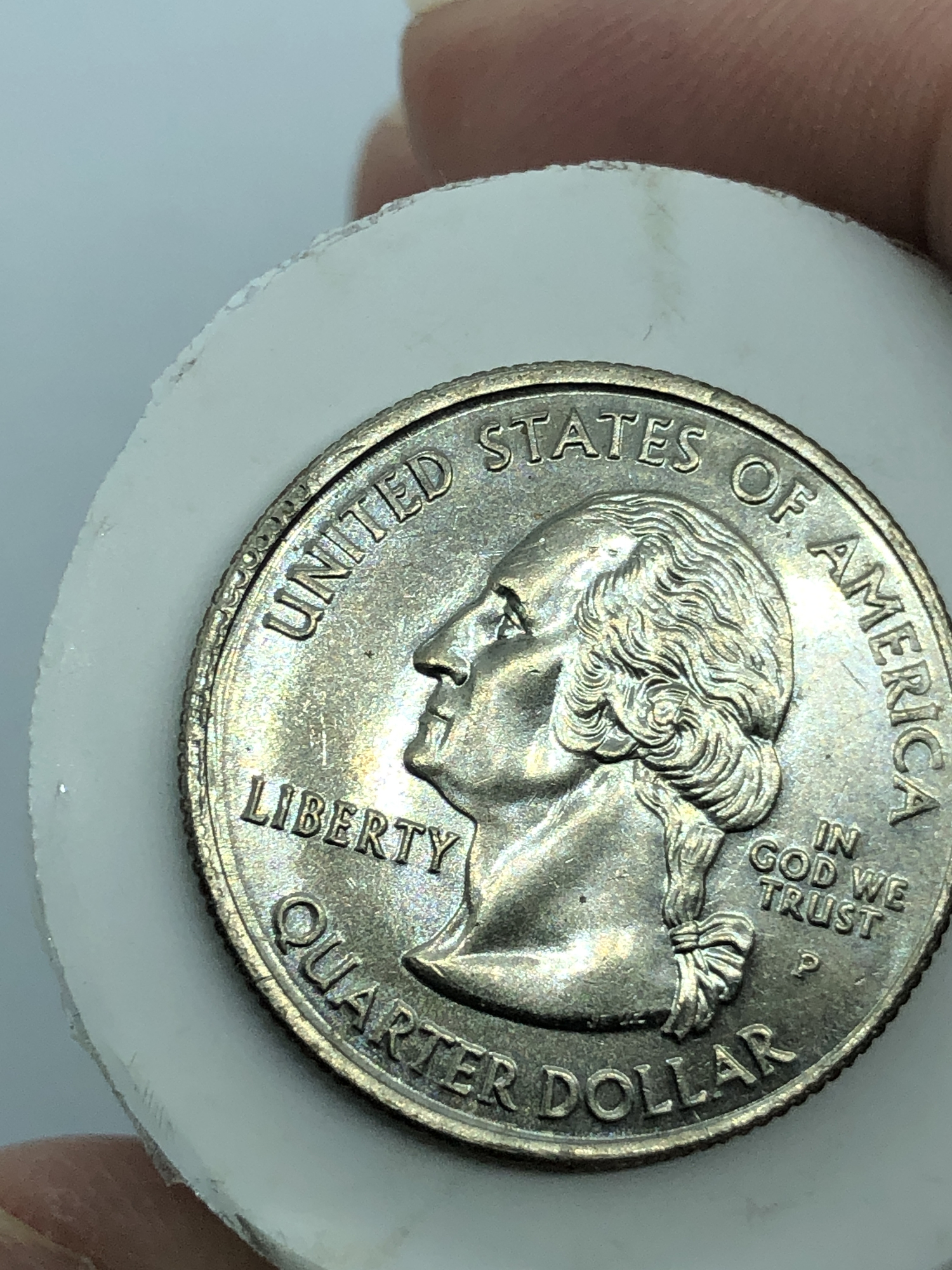
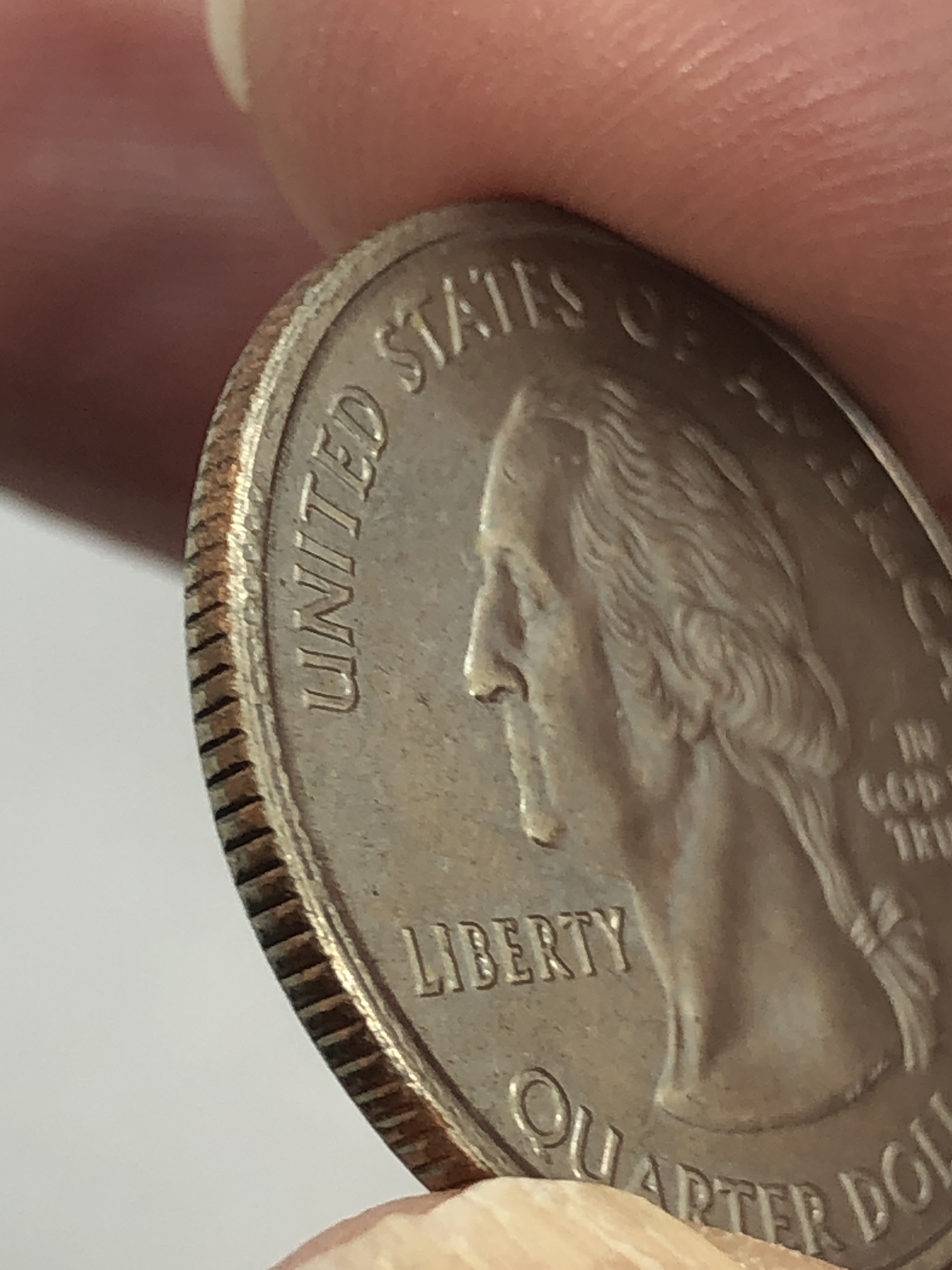
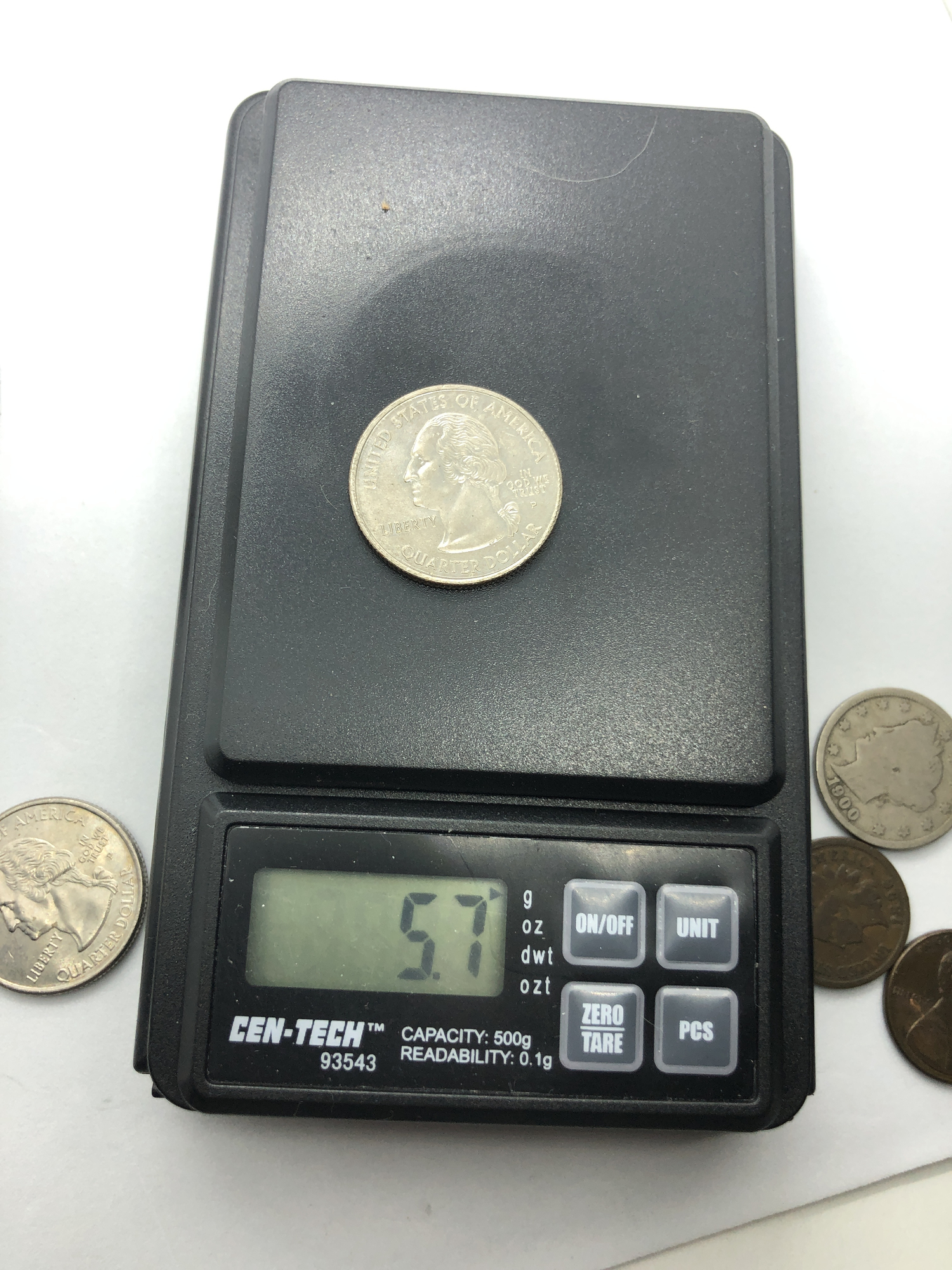
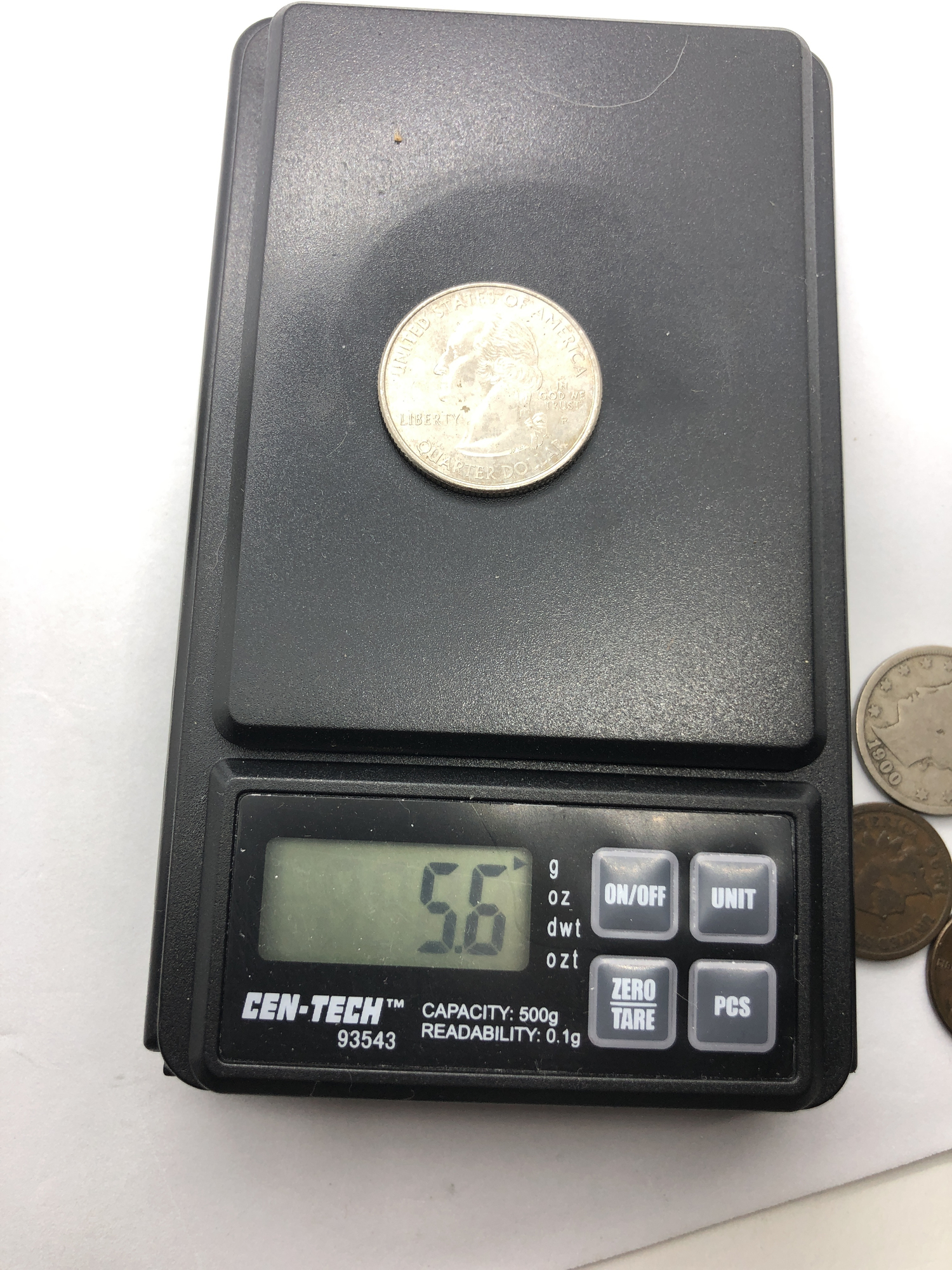
This coin was a slightly over weight quarter so when the coin was created it came over top the edge on the observe creating a receding along the edge
This coin has a reeding error visible due to weight variance vs the miss feed. It is not a big value add but nice to find one
Best place to buy !
Bronze Associate member
Die polish on a dime running behind the torch and thru the elements. This looks like a touch up polish overlooked before final hub created so expect we should be seeing more then just this one as more dime feed and stamped out on the reverse. Not easy to detect. This was a first for me.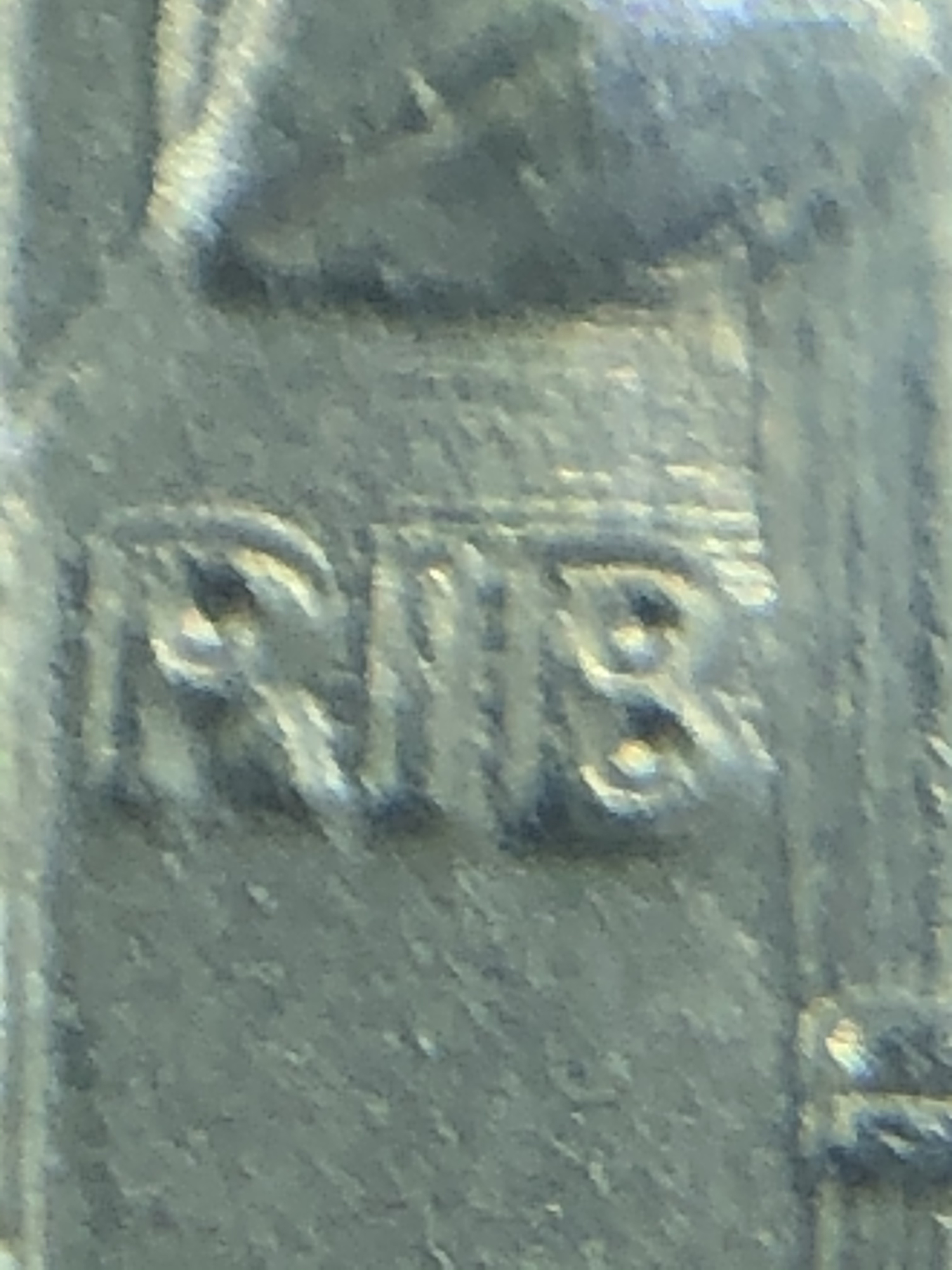

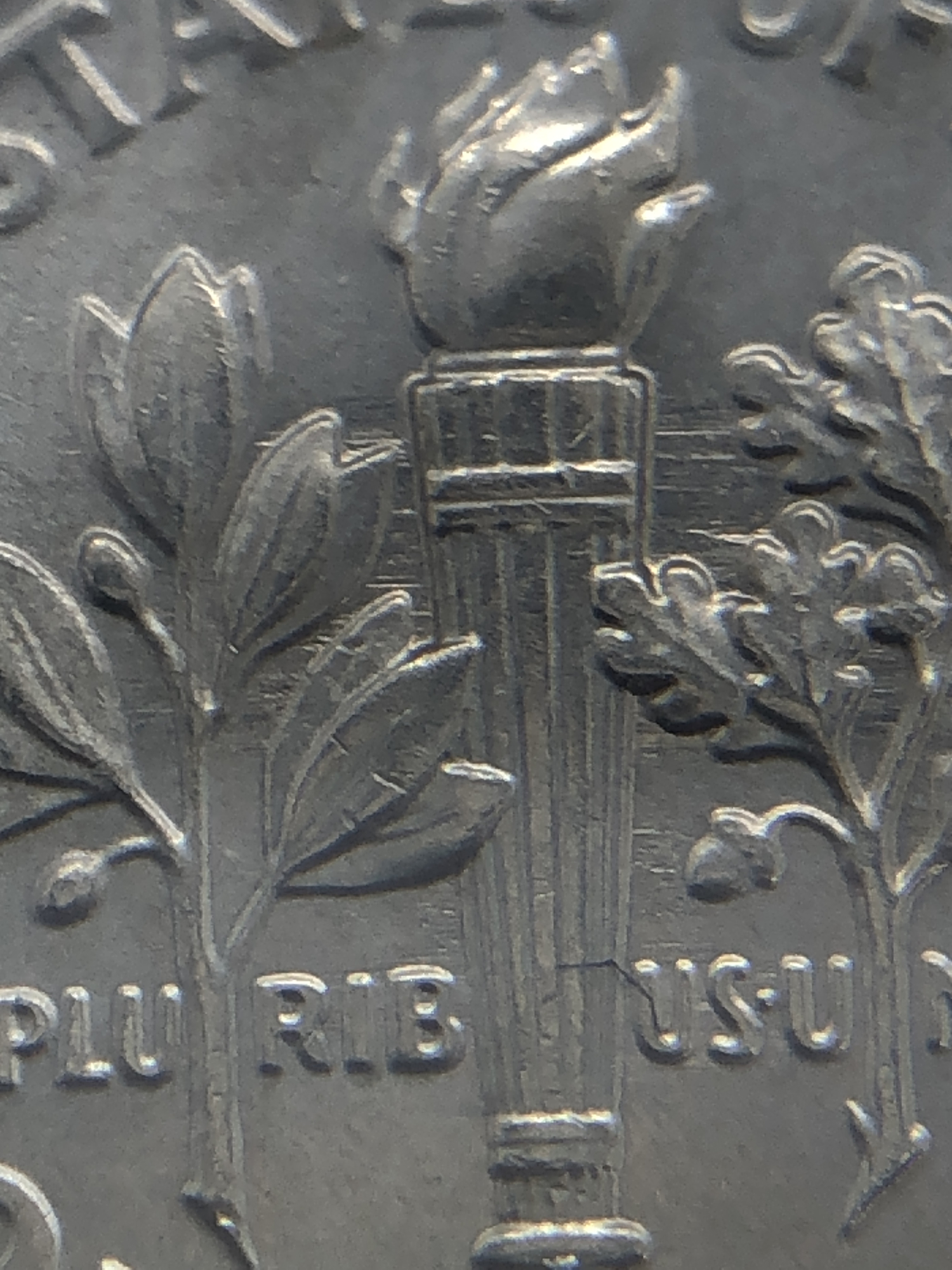


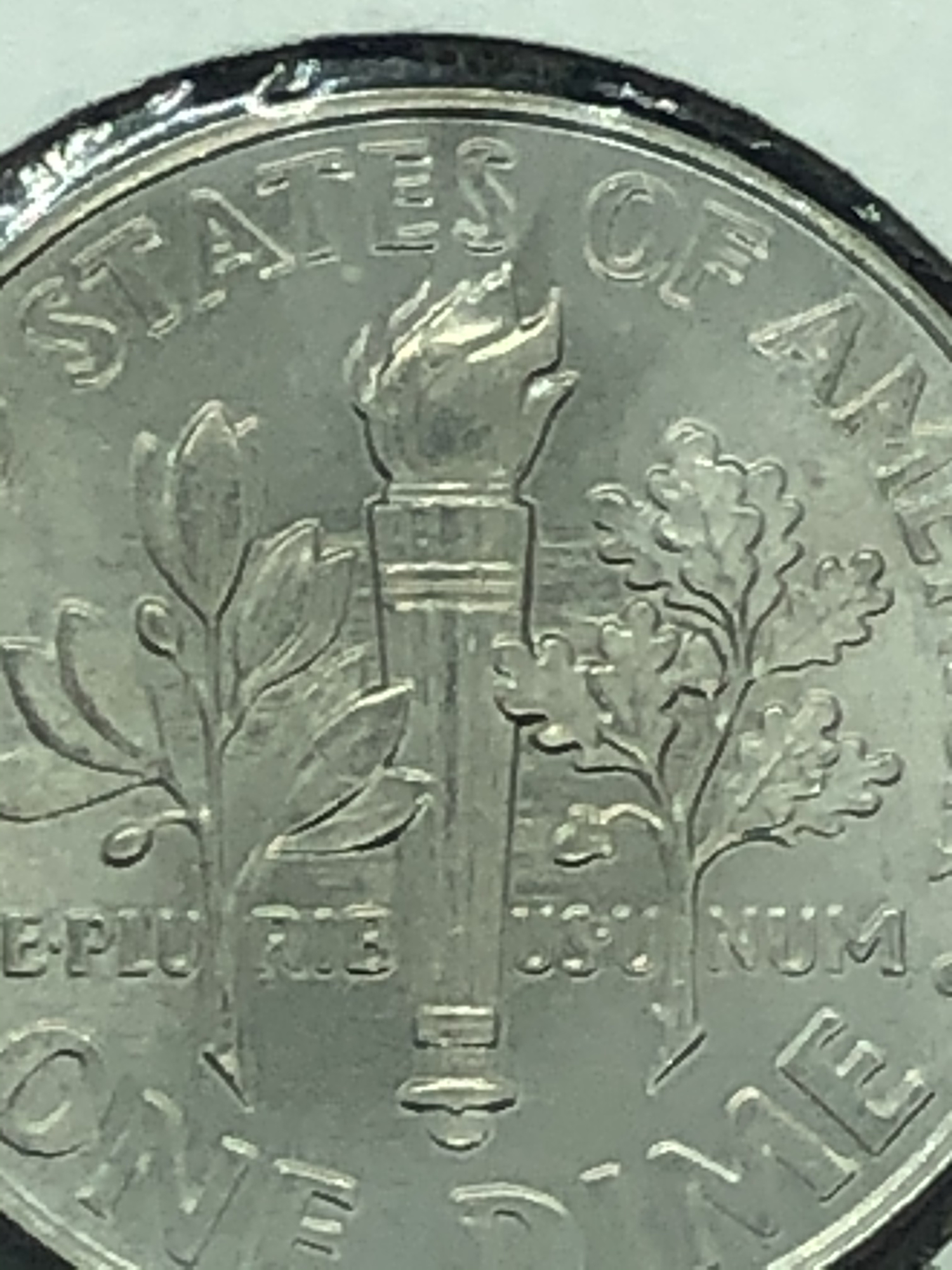
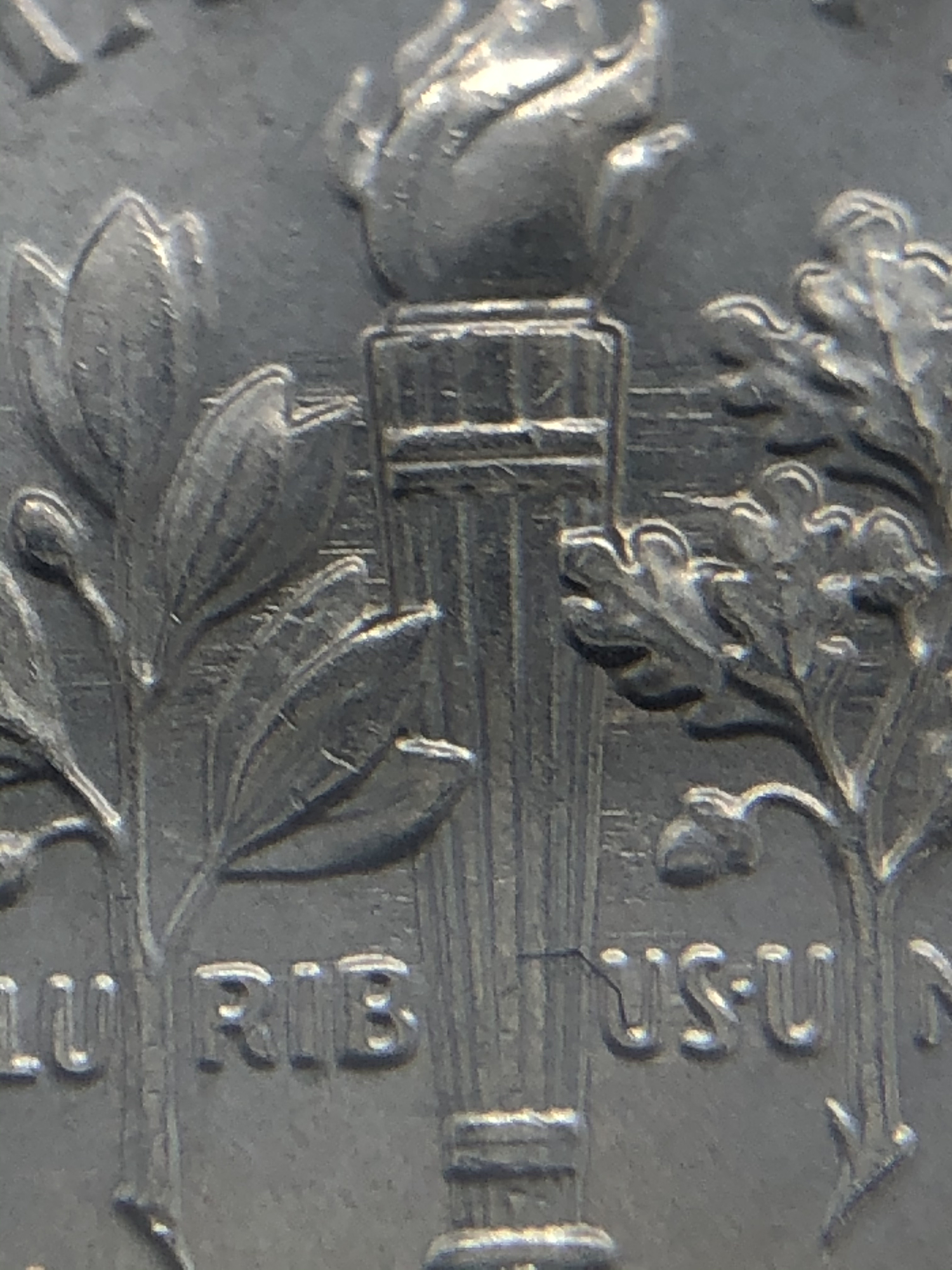

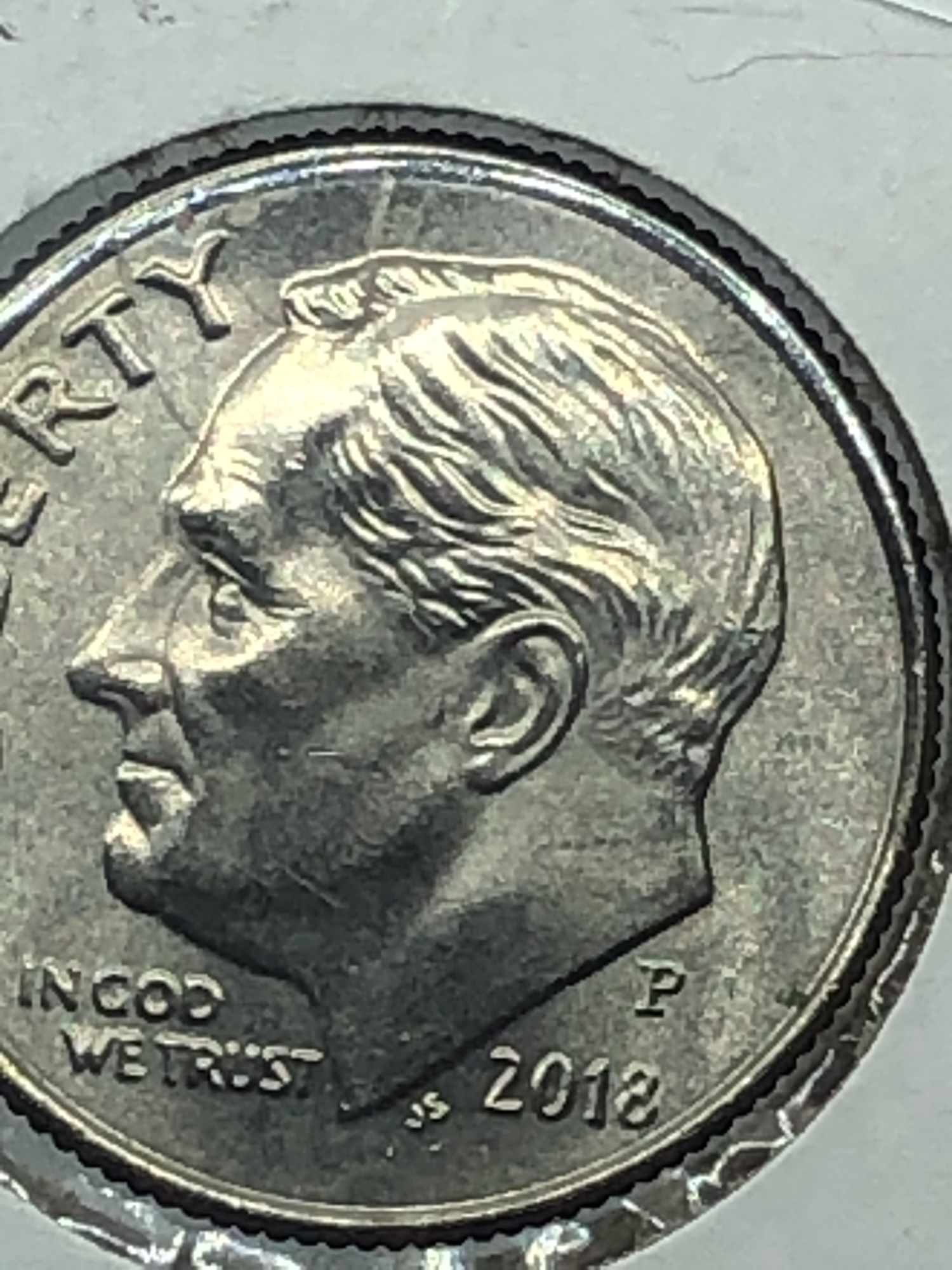
Best place to buy !
Bronze Associate member
Ok, let's open this up to ALL members. We've had some good descriptions so far. When all the following are described, I'm going to edit each down to a basic description to use along w/images.
The idea of this thread is to be able to describe one of the characteristics posted in the OP WITHOUT speaking about a particular coin. For example, a rim nick (not in the OP) has certain characteristics aside from its size or location. It looks a certain way. When you can describe one of these characteristics w/o seeing it - you'll be ready to instruct the next collector what to look for and why his coin has a rim nick and not something else.
Let's see what you can come up with when you describe the following characteristics. Don't worry about the size of the mark. Be concerned with the "look" of its interior, edge, etc that help ID it and make it different from the other things we see.
Mint Die Polish (both kinds - think about it)
- think about it)
Mint Hub Polish
Strike thru lint
Strike thru fiber
Scratch
Punch Mark
Rim File
Reed Mark
Late to the game on this but: Fresh scratch will have sides that are steep and well defined; metal will be displaced above the field or devices to the side where the angle of pressure was slightly more intense and at the end of the scratch, creating a terminal "bump".
Worn scratch will have debris in the scratch but the metal which was previously displaced out of the scratch will be flattened (or mushroomed) back into the scratch more than outward across the face of the coin. The terminal "bump" of raised metal will be more likely to be flattened outward to the face of the coin than inward to the scratch.
Great post, I am learning right along with any newbies!😊
I cannot think of anything to add to the descriptions.
This cent has two fresh scratches. One was made by a pin. its interior is bright copper. Note the tiny peeled back shards along its sides. The larger scratch (actually a small gouge) was mad by a tool. The inside of this mark is also shiny when orientated correctly in the light. Inside this mark are thin microscopic lines running parallel to the direction of the mark.
This is an image of older scratches on a cent. the coin has toned to brown; however the coin has not worn much leaving the edges of the scratches still rather sharply defined and raised.
Let's see some more scratches on coins.
Please keep in mind ,..No Punns entended.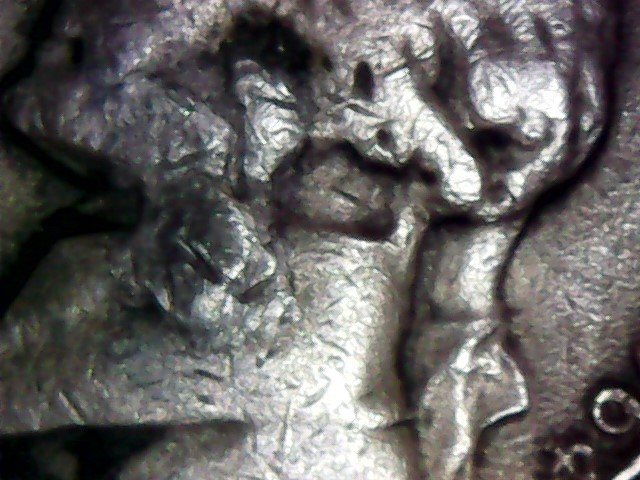
1964 US 5 cent:
Obverse:
1 Image could be showing simular strike as Indian/ buffalo in some areas.
2- A. Surface has a leather effect pattern
Reverse:
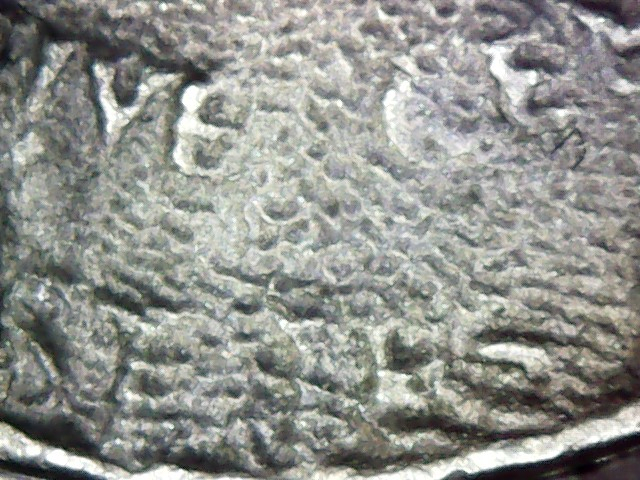
Surface shows more prominate leather pattern.
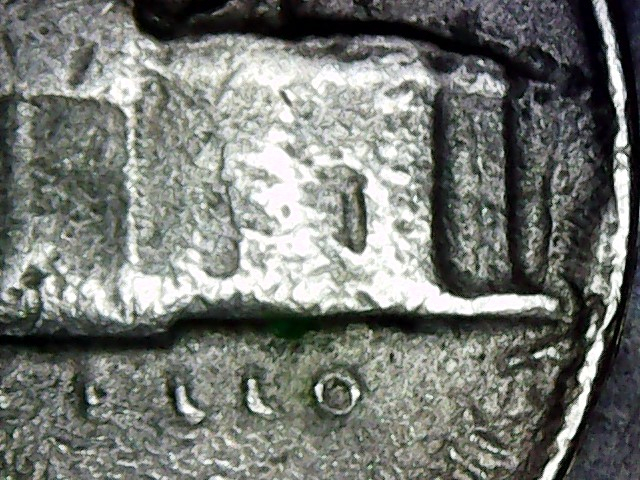
Typesetting is beyond mangled as is not ledgeable.
Image seems to be trailing in the eastern portion.
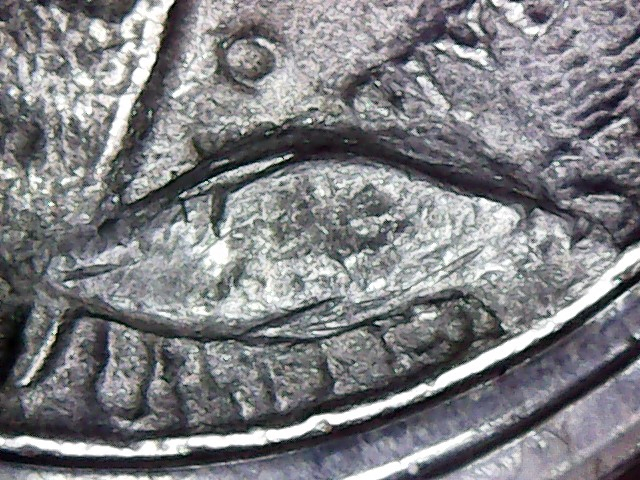
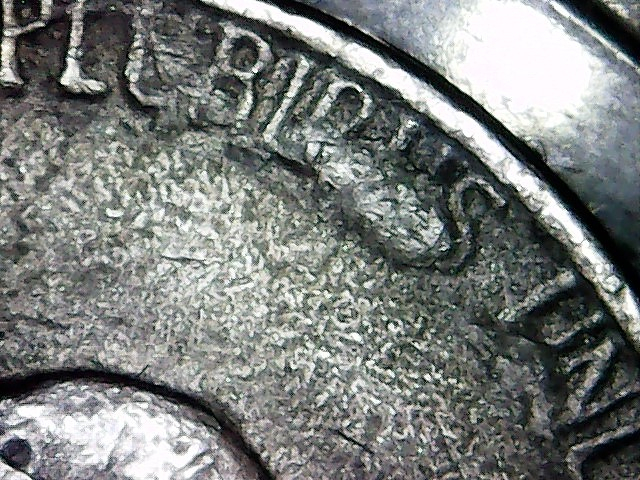
Southwest, large unknown, football shape, strike or addition to, occupying 1/8 of area. North, simular shapes but smaller interfearing with Motto.
Edge:
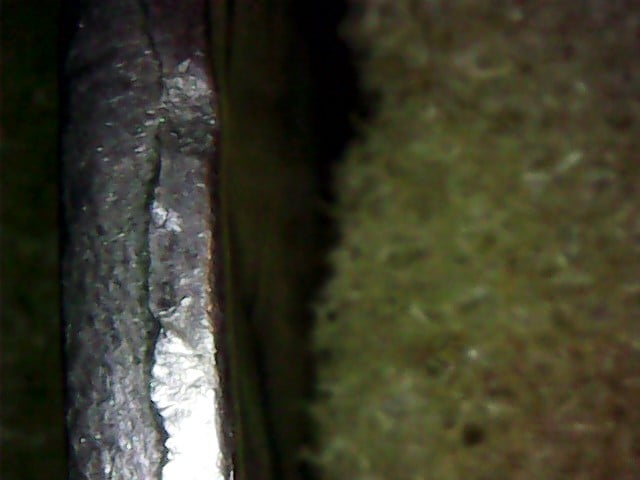
Both sides seem to show a folding pattern, with pronounced folds
Photos available.
Sorry about the twist on these scratches,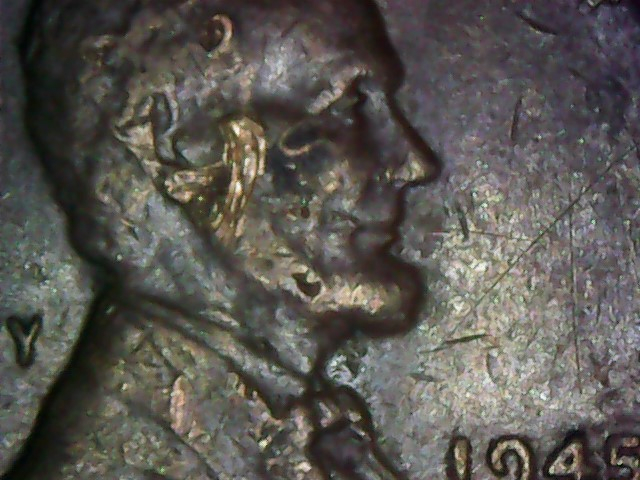
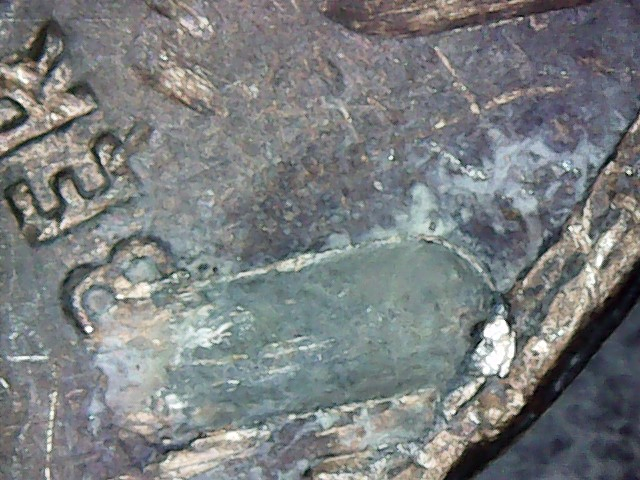
I really would like as many thoughts on this photo.
Patina looks intact compared to date.